he COVID-19 crisis has succinctly identified a medical threat to our lives and—inherently—our occupations. Most of the successful COVID defensive strategies have been based on workers and managers becoming more knowledgeable and educated in risk potential, medical conditions, and PPE procedures. This educational enlightenment has saved lives.
This same type of medical enlightenment occurred at the 2020 National Association of Tower Erectors, or NATE, Conference held in Raleigh, North Carolina, when twenty-six NATE members had the unique experience of attending the first ever Tower Medical Responder, or TMR, program.
Learn to Return, or LTR, an Alaska-based training company, has been educating occupational workers in remote medical response for more than thirty years.
Our tower climbers are often twice as remote as many other occupations. A remote site 150 feet in the air complicates and delays all medical response.
A medical program was needed, specifically for these workers.
In developing guidelines for effective TMR/Wilderness treatments, LTR reviewed workers’ compensation reports, Occupational Safety and Health Administration, or OSHA, accident reports, anecdotal evidence from climbers, and information from insurance underwriters. We arrived at the conclusion that there were many health, safety, and environment discussions within the industry on the methods of reducing fatalities but little progress on improved considerations for dealing with on-site injuries and evacuations.
Historically, tower climbers—especially those within small companies—neglected to report their injuries. In addition, there is a “culture of acceptance” of certain injuries as normal: cuts, broken fingers, and knee injuries. Many climbers attempt to treat their own injuries and often later suffer in their careers from finger, knee, and back problems. Across the tower industry, we found that:
- Finger cuts, fractures, and degloving of fingers were prevalent
- Dislocations occurring from attempting to arrest falls were prevalent
- Workers were afraid to move injured workers, even to safety, in fear of causing further injuries
- Medical kits were not designed for prolonged care of a patient
- Patient medical evacuations for head injuries and cardiac events needed higher consideration due to their seriousness
- Environmental factors such as wind, cold, heat, and rain complicated all treatments.
A wide range of injuries have been encountered on tower operations, including trauma incidents and medical conditions such as allergic reactions and cardiac events. Each year, climbers become ill at height or are rendered incapable of down-climbing due to simple conditions like glucose depletion, dehydration, heat exhaustion, illness, and hypothermia. Serious traumatic injuries such as impalements, positional asphyxiations, and decapitations have also occurred.
OSHA 29 CFR 1910.151(b) states: “The employer must take appropriate steps prior to any accident (such as making arrangements with the service provider) to ascertain that emergency medical assistance will be promptly available when an injury occurs.”
OSHA has long interpreted the term “near proximity” to mean that emergency care must be available within no more than three to four minutes from the workplace, an interpretation that has been upheld by the Occupational Safety and Health Review Commission and by federal courts.
While OSHA has no direct statement for the minimum number of workers at a job site, it does have a requirement for a “prompt rescue of employees in the event of a fall” (OSHA 1926.502 (D) (20) and OSHA 1910.66). OSHA has provided “letters of interpretation” on this issue and the acknowledgement that a worker in suspension would possibly suffer ill effects within fifteen minutes.
ANSI is more specific, with ANSI Z359.2-6.1 stating: “The employer shall provide prompt rescue to all fallen authorized persons.” ANSI Z359.4-6.1 goes further and defines prompt rescue contact at less than six minutes.
In rural and remote settings, we typically define a “delayed care” issue at approximately thirty minutes post-incident and “delayed transport” scenario at one hour. In both cases we would begin using TMR skills and evacuation procedures. The goal of TMR Delayed Care Guidelines is to provide support and to continually and efficiently move the patient toward higher levels of care and out of the remote field environment. Remote tower workers need to be trained in basic first aid but may also need the ability to perform advanced assessments and treatments.
- Higher regard for personal protection
- Stopping life-threatening critical bleeding before establishing and maintaining an airway
- Establishing an airway
- Assessing the patient to determine if medical advice and external-to-incident support is required
- Anticipating prolonged airway maintenance
- Managing impaired levels of consciousness
- Requesting telemedical consultation and medical/rescue assistance
- Providing a concise report of casualty’s condition
- Dislocation and fracture reduction/realignment into position and splinting
- Small wound cleaning for infection reduction
- Preparing the casualty for transfer to evacuation/rescue point
- Immobilization where required
- Use of OTC and prescribed analgesics
- Acting as a leader in first aid situations
- Counseling patients and rescuers
Learn to Return is currently looking for hosting groups across the United States to schedule TMR programs for their climbers and to assist other smaller companies in receiving this training. If you are interested in learning more or hosting a TMR program in your area, please contact the LTR Office at 907-563-4463 or email LTRoffice@alaska.net.
